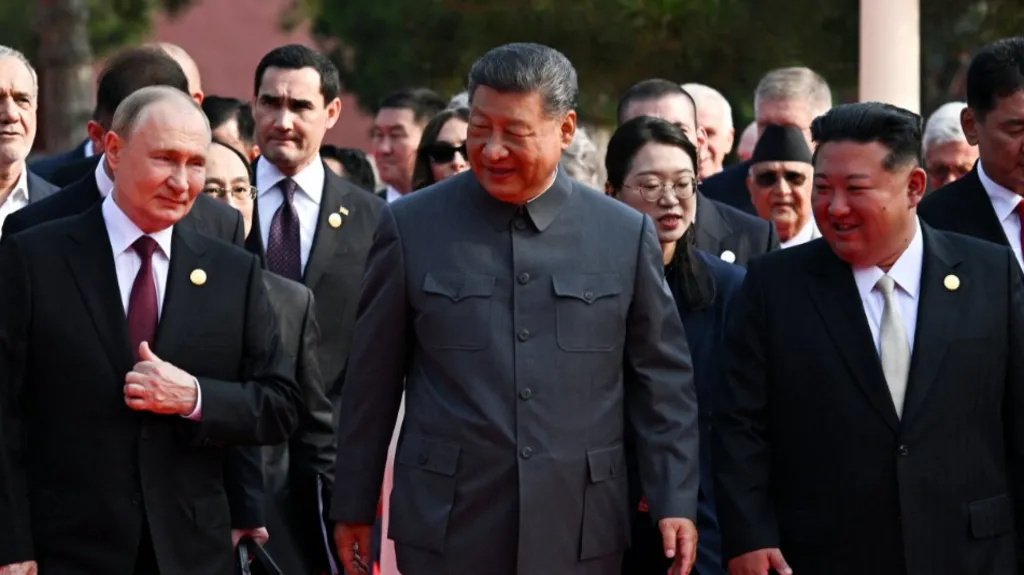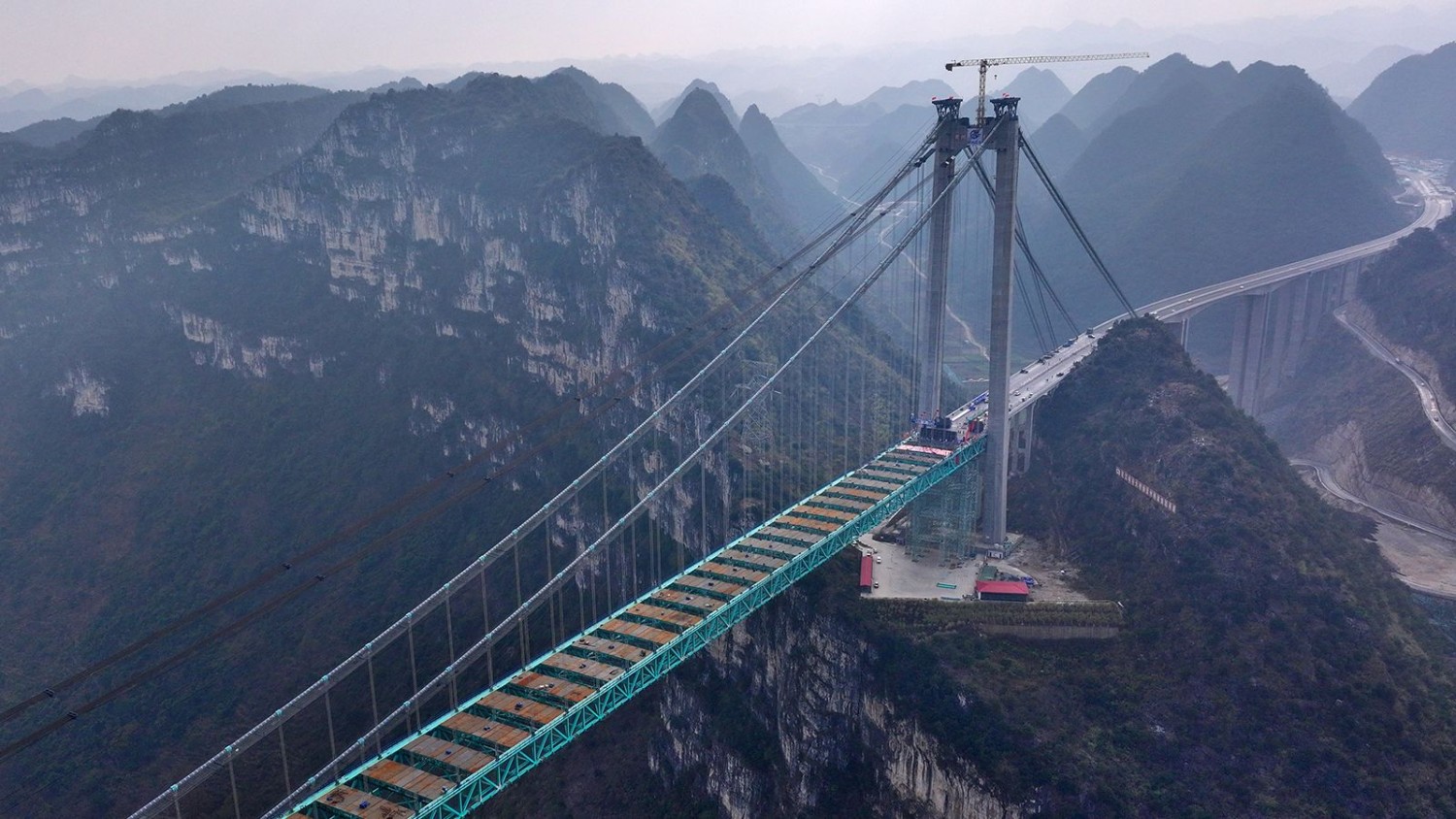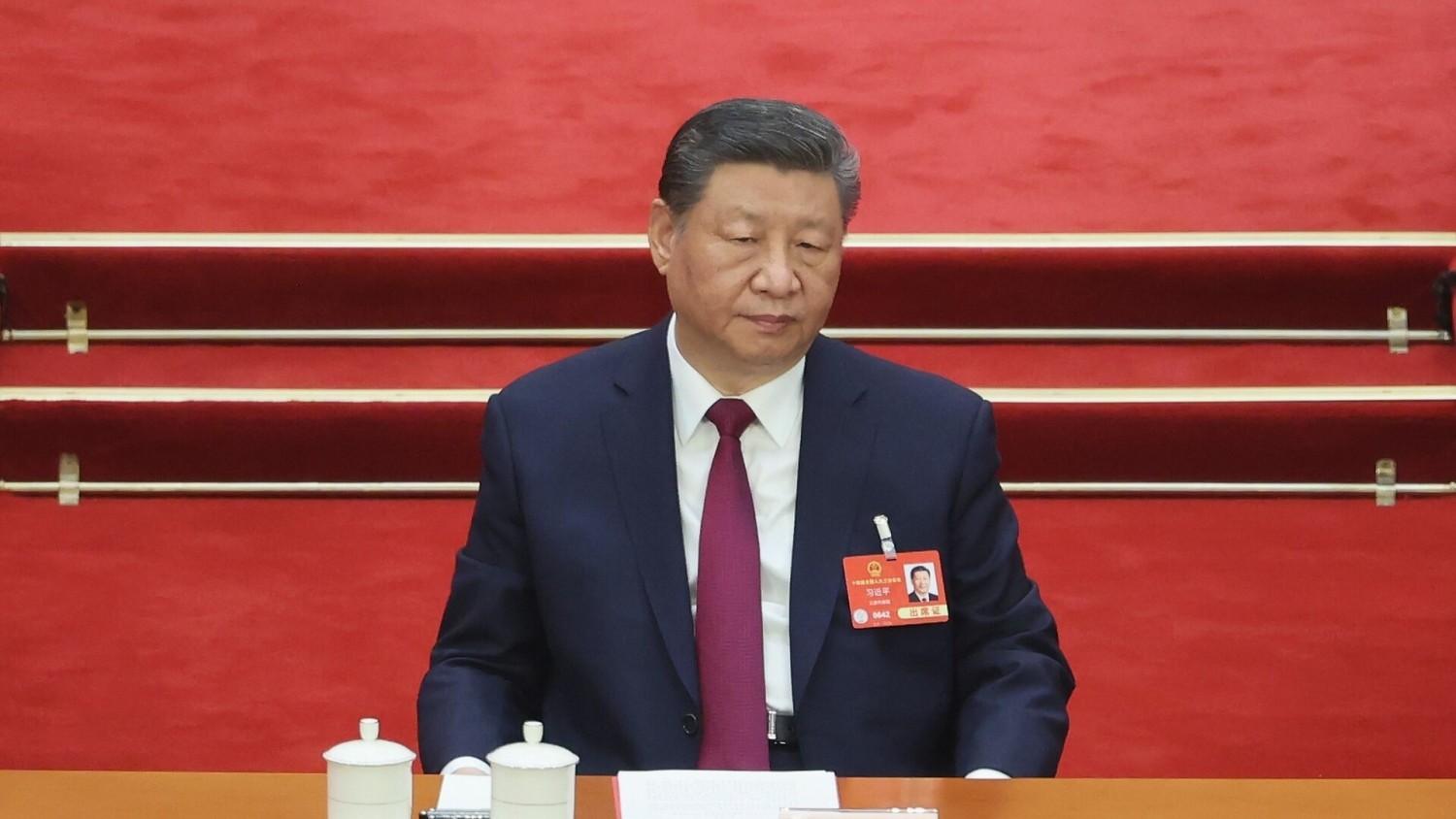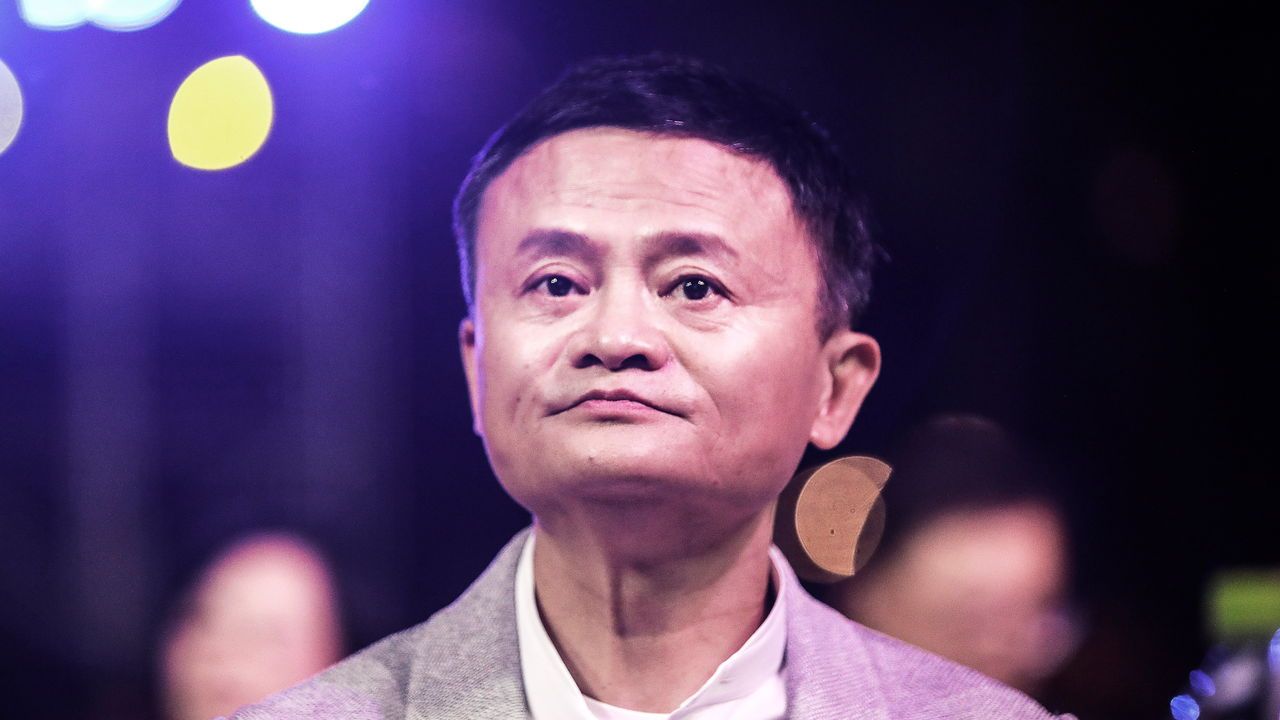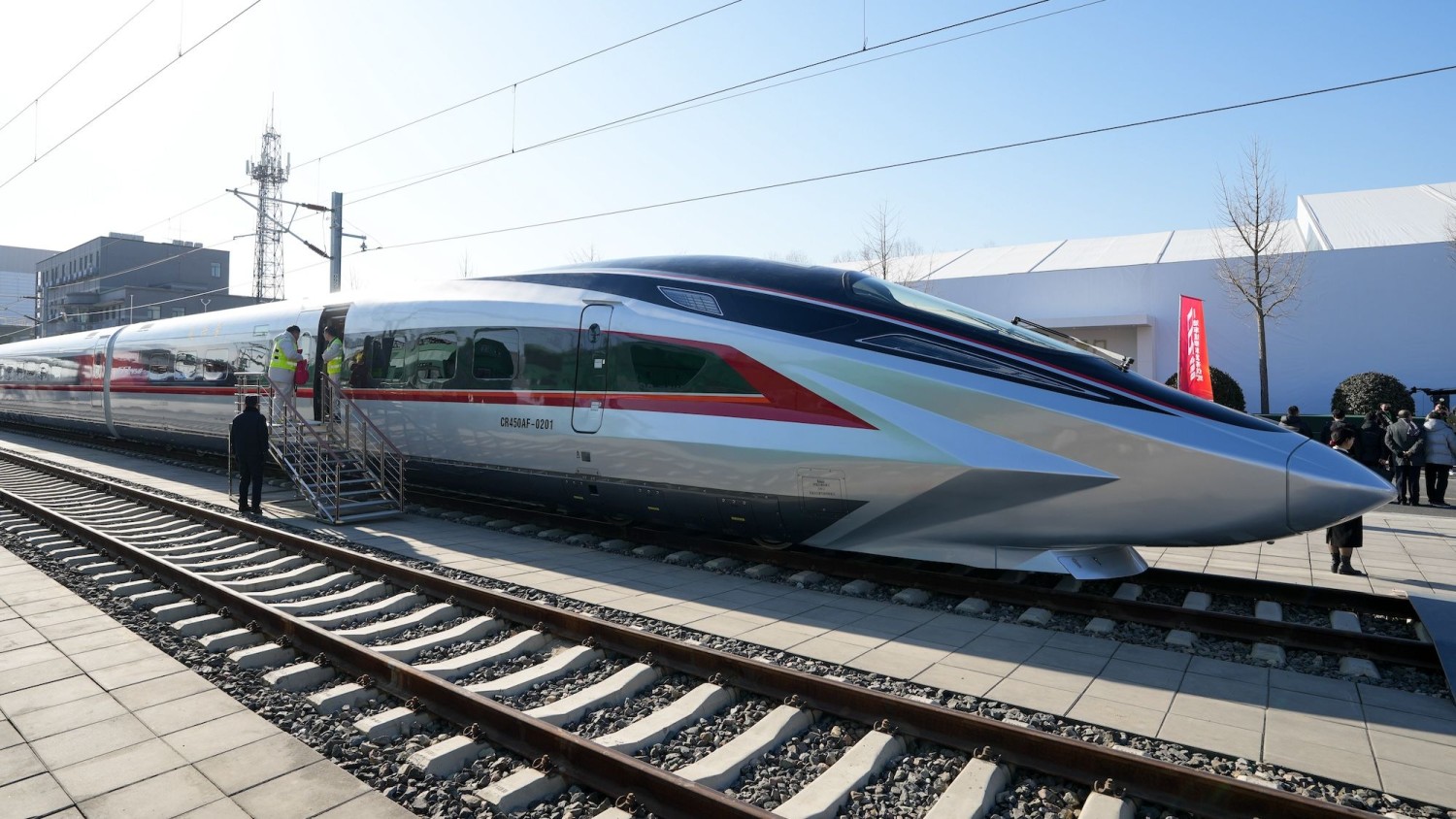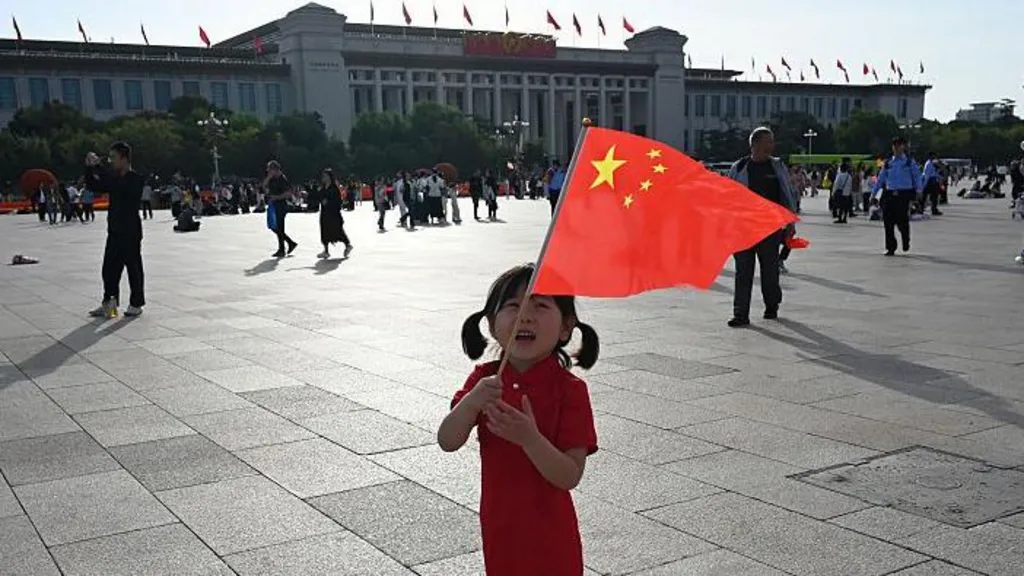
This article is more than
7 year oldThe lie behind the ‘Made in China’ claim
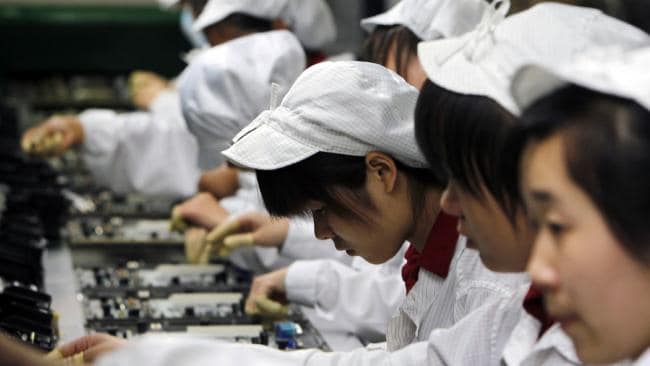
CHINA makes 80 per cent of the world’s pens, producing about 38 billion a year, yet, according to Premier Li Keqiang, none of them are up to snuff.
While attending the 2015 World Economic Forum in Davos, Switzerland, Premier Li purportedly enjoyed using Swiss ballpoint pens so much that, when he returned to China, he went looking for an explanation as to “why China can’t produce a pen that writes as smoothly and easily”.
The key to producing a quality ballpoint pen is the tiny ball bearing fitted into the pen’s nib. It spins as it rolls across the paper, picking up ink that’s distributed from the cartridge via tiny grooves carved into the nib.
Interviewed on state television in a soul-searching program into China’s pen-quality deficit, Qiu Zhiming, the chief executive of Beifa Group, China’s biggest pen maker, explained that not only do the balls require high-quality steel but also producing them requires state-of-the-art machinery and computerised measuring equipment that leaves no space for error.
If the ball is too big, it won’t spin in the nib. One that’s too small will allow the ink to leak. One that’s not perfectly round won’t write smoothly. One that’s too smooth won’t turn as it runs along the paper. And the bottom line was that China was incapable of producing the balls.
“Even though we’re suffering from overcapacity in the steel industry ... we still don’t possess the ability to produce the type of steel used in the ball bearings that go into ball-point pens. We still need to import them,” an exasperated Premier Li said early in 2016.

China’s 3000 pen manufacturers import almost all of the ball bearings they need from Germany and Japan. Moreover, much of the ink used in pens is imported as well.
In fact, China doesn’t make pens so much as merely assemble them. That was once done by hand, but with the cost of labour rising, it’s now done by machines that are typically made in Switzerland.
In fact, much of what we think of as being “Made in China” is only assembled there.
While hundreds of thousands of people are employed to “make” iPhones in China, they contribute only a sliver to the overall value of the end product.
According to a 2010 paper from the Asian Development Bank Institute, 34 per cent of the value of an iPhone came from Japan, which supplied the screen and flash memory; 17 per cent from Germany, which made the camera and power-management integrated circuitry; and 13 per cent from South Korea, which made the SDRAM.
China contributed only 3.6 per cent — primarily the labour. The ratio has gone up since then, but it’s still less than 10 per cent.
Enter supply-side structural reform. At its heart, it is an import-substitution scheme. The aim is for China to make a significantly larger share of the components that go into products like iPhones, which are assembled in China.
By 2025, Beijing wants Chinese companies to produce 70 per cent of basic core components and basic materials used in goods manufactured locally. (By way of comparison, in 2015, China was still importing about 80 per cent of the chips that were used in locally assembled mobile phones.)
If China is to reach its targets, then its success must come at the expense of those countries which currently produce the guts of an iPhone or the more technologically advanced parts of a pen.

However, there’s a major reason why China doesn’t already make those components.
Like China, Switzerland also has a thriving disposable-pen industry, but while China’s pens are typically produced in packs to be sold in stationery stores, the biggest Swiss companies focus on making promotional pens — the sort that the World Economic Forum can put its logo on. Moreover, Swiss pens are typically made entirely in Switzerland — “from cap to nib,” in the words of one company — using the companies’ own proprietary technology, which the Chinese can’t buy.
****
So, rather than rely solely on the creativity of its indigenous innovators, Beijing is taking a few shortcuts.
“There are two kinds of big companies in the United States. There are those who’ve been hacked by the Chinese and those who don’t know they’ve been hacked by the Chinese,” said James Comey, then-director of the FBI, in a 2014 interview on 60 Minutes. They’re looking for “information that’s useful to them so [Chinese firms] don’t have to invent” it.
China engages in industrial espionage on a vast scale. But stealing cutting-edge research from foreign firms before they’ve had a chance to commercialise it is just a small part of a broader campaign to acquire intellectual property developed overseas.
China has long required that foreign companies wanting to sell their products in China must share their proprietary technology with local firms by setting up joint ventures. Cars sold in China under GM’s brand, for example, are produced by a company owned half by GM and half by a Shanghai-based state-owned firm.

Such has been the price of admission to the world’s most populous market. Foreign companies have tried to hand over only old technology, but Beijing has been raising the price of admission.
“It is now an increasing requirement for more advanced technologies to be shared,” the European Union Chamber of Commerce in China (EUCCC) said in a 2017 paper on China’s industrial policy.
“In the past, some foreign companies managed to at least partially limit transfers ... and therefore did not compromise their long-term competitiveness. But this has become increasingly difficult.”
Chinese firms have also been going out and acquiring foreign companies that have the technology they want.
According to the EUCCC paper, Chinese companies invested €35 billion ($AU56 billion) in Europe in 2016, up 77 per cent from the year before, and more than four times the amount of European investment going into China.
Much of that money has gone into areas like high-end robotics, which the Chinese government had ruled off-limits to foreign companies looking to buy Chinese firms.
Making such acquisitions possible is a massive war chest of state-sponsored funding.
“China’s strategy relies in particular on large-scale spending, including $US150 billion in public and state influenced private funds over a 10-year period, aimed at subsidising investment and acquisitions as well as purchasing technology,” the Obama White house said in a 2017 report on China’s strategy to become a world leader in semiconductors.
“China also places conditions on access to its market to drive localisation and technology transfer.”
Of course, once you have the technology, you then need to build a competitive business around it. On the face of it, it would seem that China has no natural advantage over the Japanese, or Koreans, or Germans, or even Americans when it comes to building a world-class robotics or semiconductor industry.
What is making foreign companies and governments so nervous is that China has a disconcerting track record of becoming globally dominant in industries in which it has no natural advantage.

This is an edited extract from China’s Great Wall of Debt by Dinny McMahon, published by Hachette Australia RRP $32.99.
